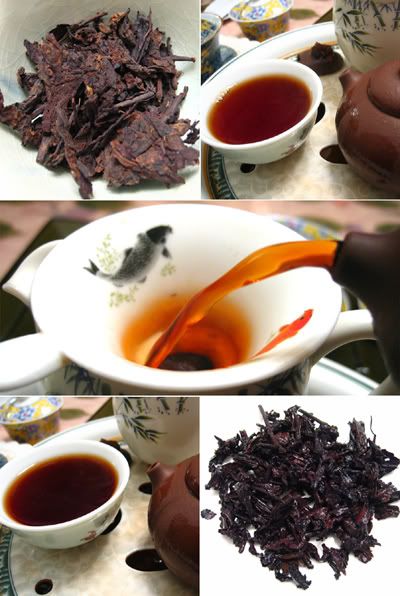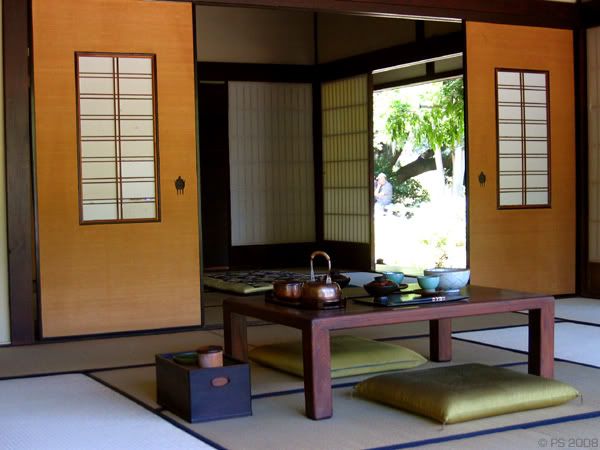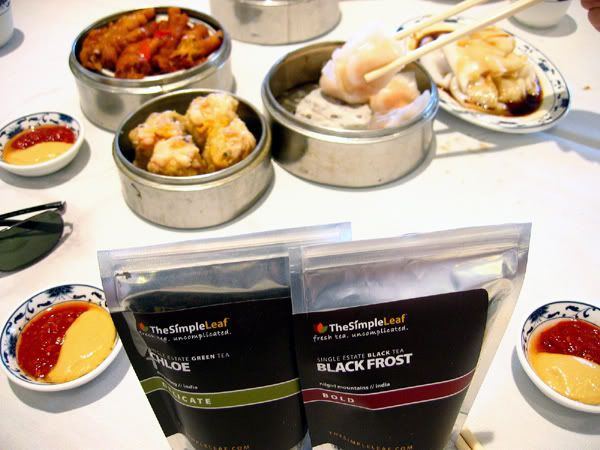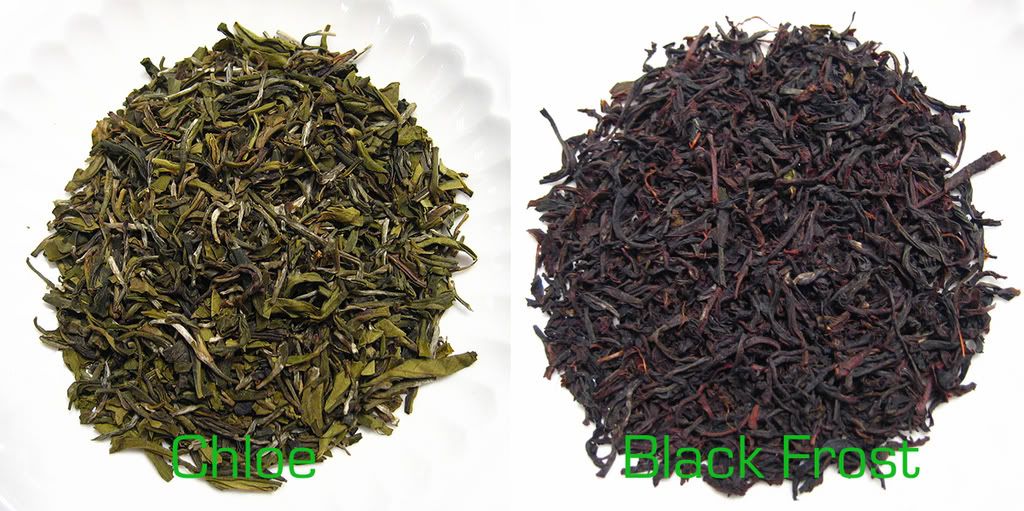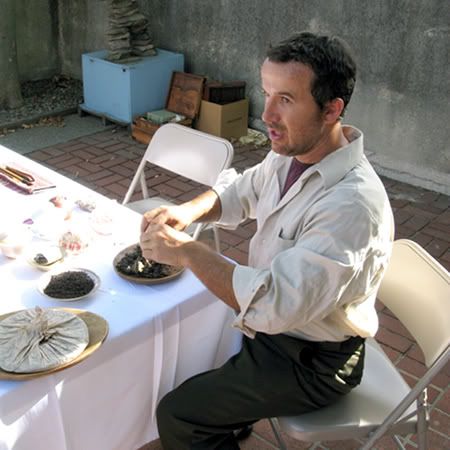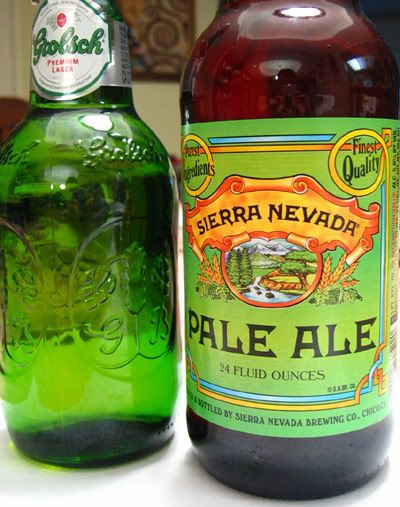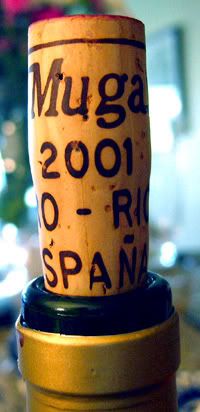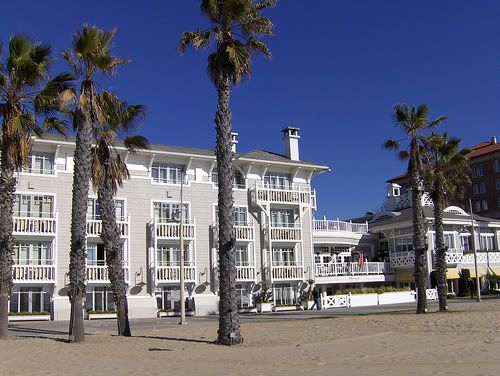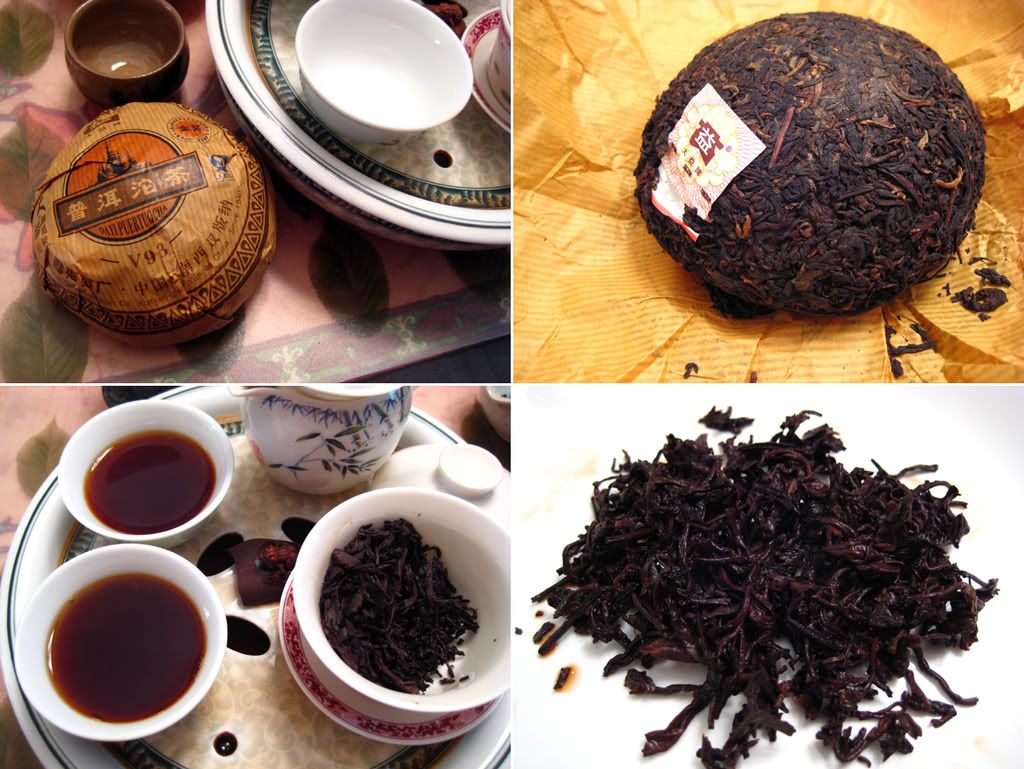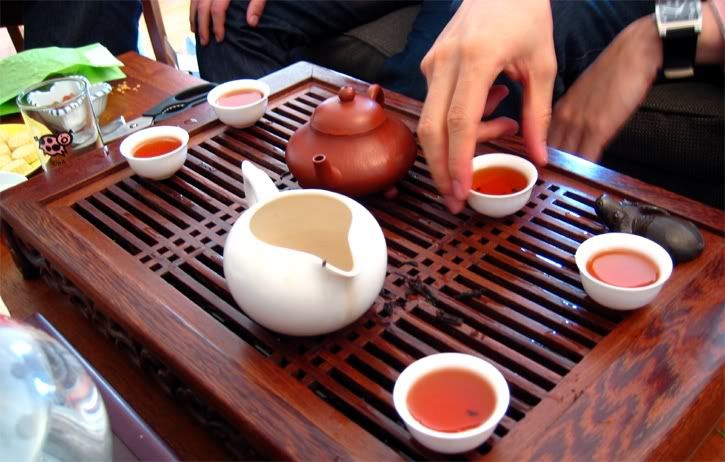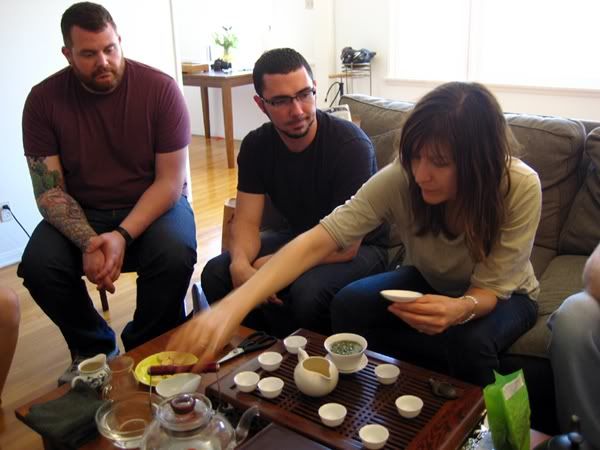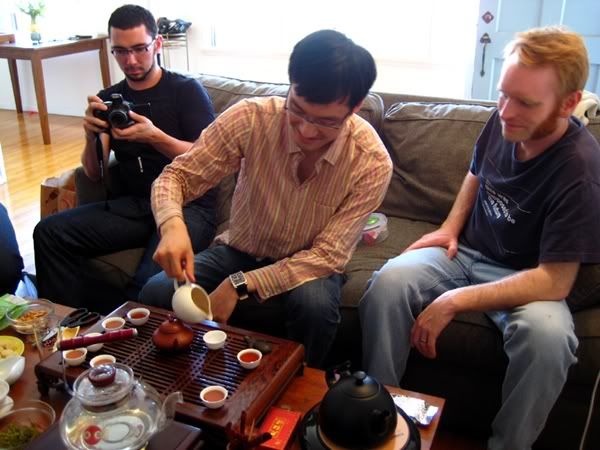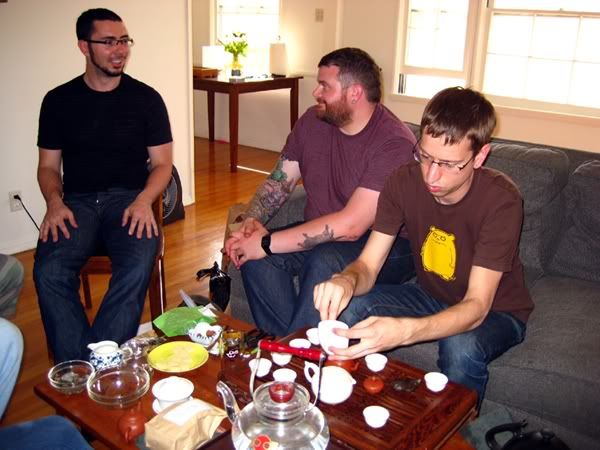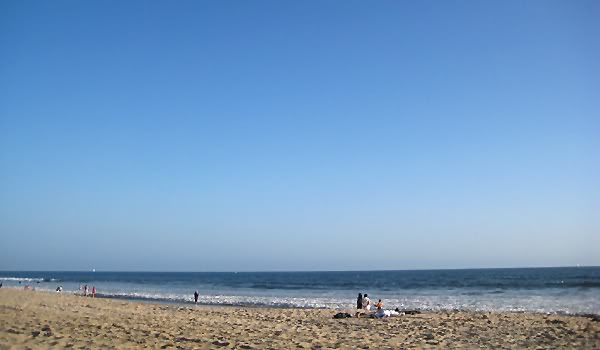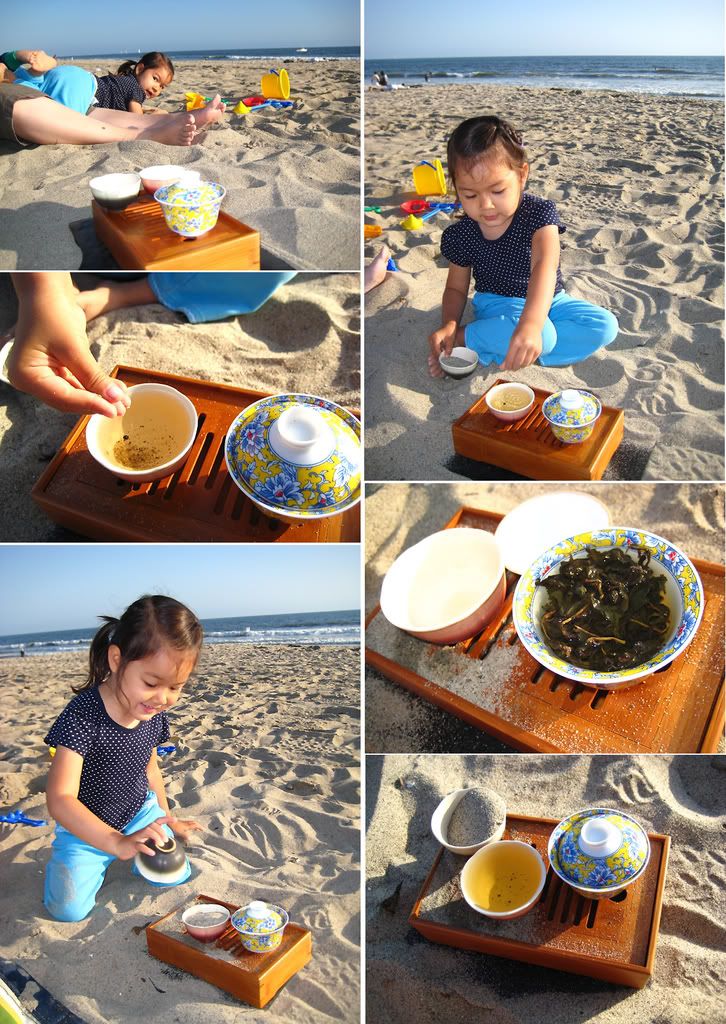On the 11th day, the tea-water tasted thin and light, yet still fragrant and sweet. The last cup was the ghost of something beautiful...a testament of a great tea and the teamaster's skills.

So, what does this extended tasting session accomplish, someone asked me (and called me "nuts")? I've pondered on that question for a bit longer, and I think as far as highly roasted Wuyi yancha oolong is concerned, I have learned the following...a great Wuyi yancha oolong:
(in no order of significance)
1. Has great brewing durability (the reason why it lasted 11 days for me)
2. Has impeccable balance of its roasty, floral, fruity, and sometimes woodsy characteristics
3. Has good active mouthfeel and a long aftertaste / "echo" (chayun and huigan)
4. Has good chaqi (yin or yang), and
5. Tastes great when lots of leaves is used (more than 1:2 ratio of the teapot's volume, up to 1:1)
Before this tea, my personal preference with highly-roasted Wuyi yancha had always been to use 1/2 a teapot full of dry leaves (compacted by tapping the teapot gently while filling it with dry leaves to settle them down). I had been somewhat averse to using more than 1/2. This was because almost each and every time I used more, I had always been rewarded with overly bitter brews, even with flash steepings. So this tea has changed my perspective on how to gongfu-brew a good quality yancha.
One thing that still makes me wonder is why this very tea brewed in a gaiwan can last more than 7 weeks at The Tea Gallery in NYC. When brewed in a Yixing teapot, however, it lasted only 11 to 12 days for all the participants involved (Toki, Salsero and myself). Does the porous nature of Yixing clay affect brewing durability...perhaps through absorption and oxidation? (Anyone?)
My utmost thanks goes again to Toki for this incredible experience and opportunity by providing the tea in question. I am in the opinion that such an superb tea is something that one only finds when armed with knowledge, understanding, passion and a spirit for adventure. Oh, and maybe lots of cash, too (Toki never revealed the price of this tea).
Related Posts
From The Mandarin's Tea Blog:
1. 7542 '88 Qingbing Ended, Vintage Qing Dynasty Brick Began (Aug. 21, 2008)
2. A Marathon Relay Continues (Sept. 1, 2008)
3. Second day of Kung Fu tasting (Sept. 2, 2008)
4. What is detail Tasting? (Sept. 5, 2008)
5. The Morning After (Sept. 12, 2008)
From Teachat:
1. A post by Salsero
From my own blog:
1. The Marathon Has Begun (Aug. 31, 2008)
2. And It Continues On (Sept. 1, 2008)
3. Into The 6th Day of Tasting (Sept. 5, 2008)
4. Elevated Expectations? (Sept. 6, 2008)




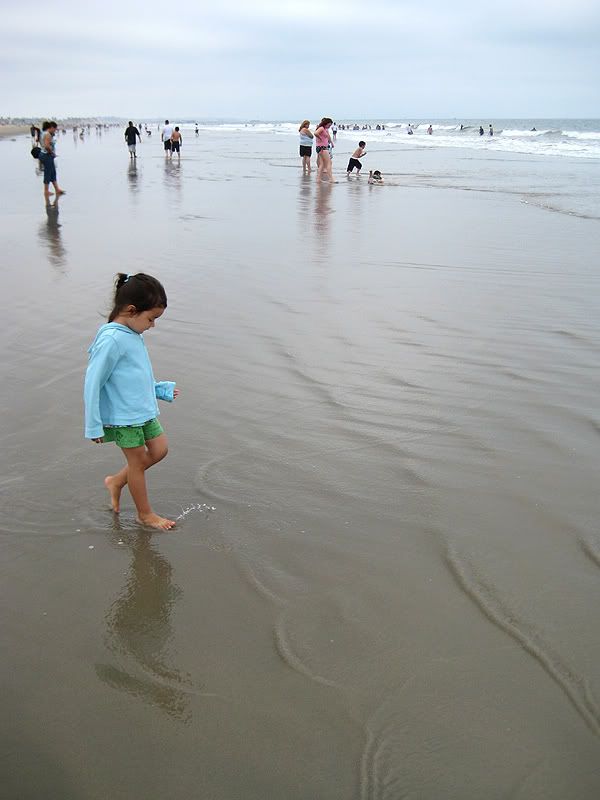



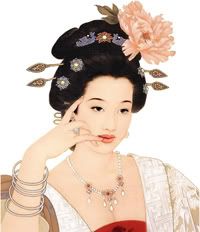 I make it a point to obtain some freshly produced Oriental Beauty oolong every summer. This seductive tea is one of my favorite seasonal indulgences. It's quite easy to fall in love with it. The best example that I ever tried made me swoon in adoration as she sang all the low, mid and high notes in symphony.
I make it a point to obtain some freshly produced Oriental Beauty oolong every summer. This seductive tea is one of my favorite seasonal indulgences. It's quite easy to fall in love with it. The best example that I ever tried made me swoon in adoration as she sang all the low, mid and high notes in symphony.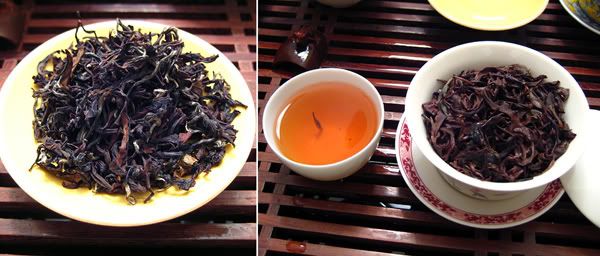
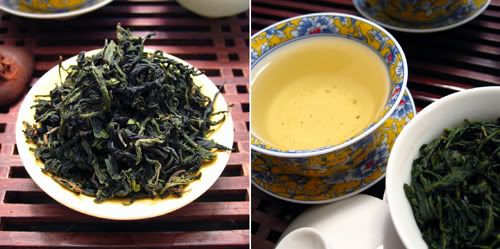
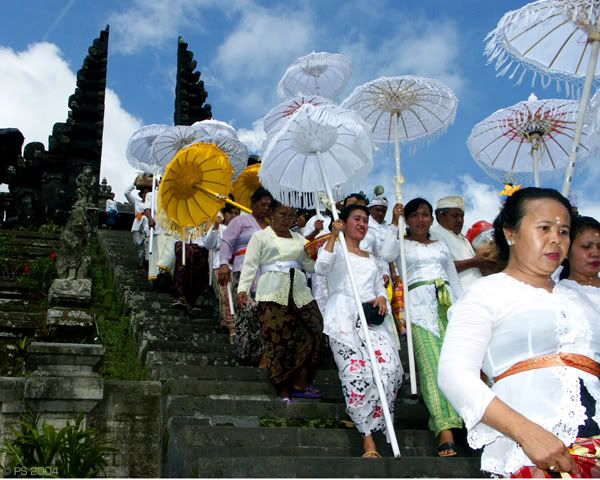



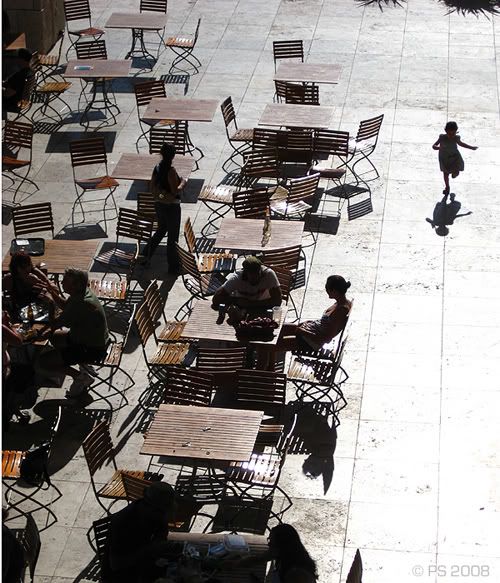 (Light, shadow, and a girl running)
(Light, shadow, and a girl running)



